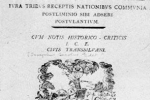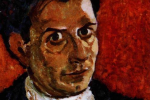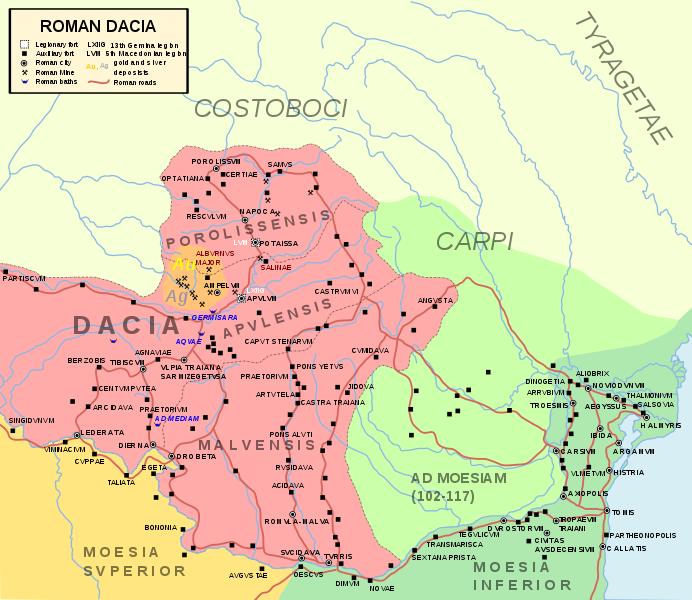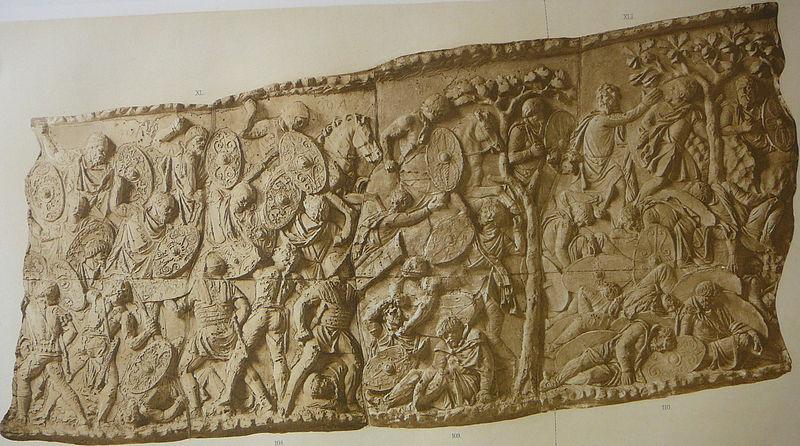Romania has a unique culture, which is the product of its geography and of its distinct historical evolution. Like Romanians themselves, it is defined as the meeting point of three regions: Central Europe, Eastern Europe, and the Balkans, but cannot be truly included in any of them. Romanian identity is formed on a substratum of mixed Roman and quite possibly Dacian elements, with numerous other influences.
During late Antiquity and Middle Ages, the major influences came from the Slavic peoples who migrated and settled in near Romania; from medieval Greeks and the Byzantine Empire; from a long domination by the Ottoman Empire; from the Hungarians; and from the Germans living in Transylvania. Modern Romanian culture emerged and developed over roughly the last 250 years under a strong influence from Western Europe, particularly French and German culture.
Romania’s history has been full of rebounds: the culturally productive epochs were those of stability, when the people proved quite an impressive resourcefulness in making up for less propitious periods and were able to rejoin the mainstream of European culture. This stands true for the years after the Phanariote-Ottoman period, at the beginning of the 19th century, when Romanians had a favourable historical context and chose the Western way of life, mainly French model, which they pursued steadily and at a very fast pace. From the end of the 18th century, the sons of the upper classes started having their education in Paris, and French became (and was until the communist years) a genuine second language of culture for Romanians. The modeling role of France especially in the fields of political ideas, administration and law, as well as in literature was paralleled, from the mid-19th century down to World War I, by German culture. That was true especially in Moldavia, whose many intellectuals studied in Berlin. In Transylvania and the Banat, the Habsburg rule and the presence of the ethnic German population (the Transylvanian Saxons and the Banat Swabians), in the local communities, triggered constant relationships with the German world not only at a cultural level but in daily life as well. The influence of the German space was felt especially in the humanities (philosophy, logics, philology, history) and technical sciences.
Related Listing
-

The Middle Ages
Until the 14th century, small states (rom. voievodate) were spread across the territory of ...
-

Classical age
In Transylvania, although they formed a majority of the population, Romanians were merely seen as a ...
-

Golden age
The first half of the 20th century is regarded by many as the golden age of Romanian culture and it ...











Recent Reviews